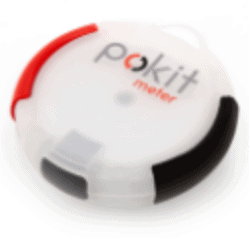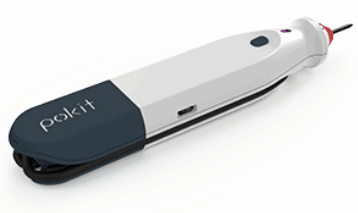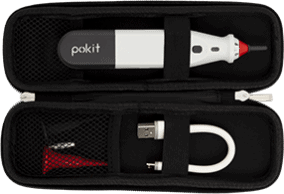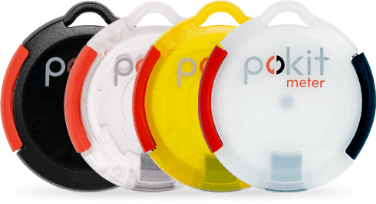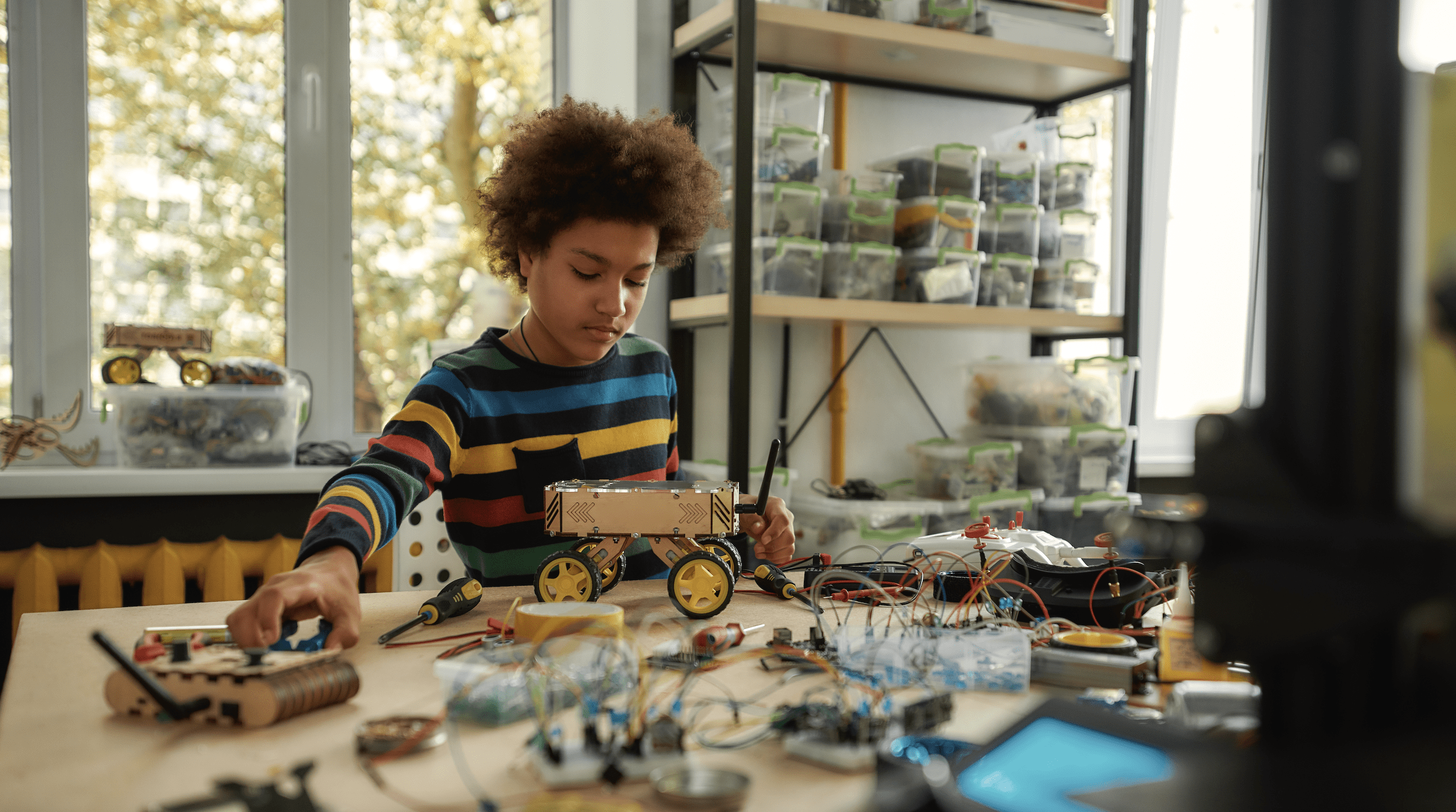It’s never too early to introduce STEM courses and electronics to your kids. With the electronics industry set up to grow by a whopping 5% in 2022, STEM learning is becoming an increasingly important part of the curriculum.
Set up your children for success by teaching them the basic concepts and principles of electronics. Offer them hands-on experience by allowing them to experiment and innovate during school holidays. Here are 12 excellent electronic projects your kid can try:
Importance of Making Your Kids Busy during Holidays
As the winter holidays are fast approaching, parents are looking for exciting ways to keep kids engaged. Physical activity and games are an excellent way of keeping kids active, happy, and motivated.
Introduce your kids to electronics and robotics this holiday season to guide them in becoming future inventors.
Benefits of Doing Activities with Your Kids
Family bonds are essential for children’s social, emotional, and mental development. Here are a couple of benefits of engaging in activities with your kids:
· Teaches them how to maintain healthy relationships when they grow up
· Enables them to talk about their feelings
· Releases positive, creative energy
· Build capacity for creativity and imagination
What Things Should You Consider before Introducing Your Kids to Electronic Projects?
A basic understanding of electronics and robotics is essential in today’s technological era. Let’s discuss the things you need to remember when teaching your kids about electronics:
· Start slow and avoid overwhelming your kids with information
· Ensure you purchase appropriate safety gear before starting electronic projects
· Be responsible and set an excellent example for your children
Top 12 Electronic Project Ideas
Ignite your children’s curiosity and spend quality time with them by trying the following exciting electronic projects:
Conductive Ink Cities
Conductive ink cities combine creativity, technology, and science into an excellent opportunity for kids to be innovative. Conductive ink has metallic properties and can conduct enough electricity to small power appliances.
Purchase a conductive ink kit to enable kids to design their circuits, maps of cities, and building outlines. Plus, children can breathe life into their projects with conductive ink and conductive thread.
Paper Circuits
Creating paper circuits is an excellent way of teaching your children the basics of electricity, the principles of circuits, and their functioning.
These are low-voltage electronic circuits built using copper tape, LEDs, and coin batteries.
Simple Circuit Game
Teach your kids the concept, principles, and functioning of a circuit by getting them a simple circuit game. Teach them how to use tools such as an oscilloscope or multimeter. The project only requires a wire and batteries and ignites creativity.
DIY Intruder Alarm
Teach your kids the importance of home security and electronics by buying a DIY intruder alarm. All you need to create an alarm is batteries, wire, and a battery terminal.
Plus, an intruder alarm kit allows you to link the device with an Android phone or SMS.
Pocket Flashlight (LED)
A LED pocket flashlight DIY project helps children learn about luminance, electric current, and circuits. For this project, you need to gather the right tools, including diodes, old water bottles, AAA batteries, and wires.
It’s also an excellent way of introducing kids to the process involved in lightning systems at home, schools, and in the streets.
Starry Ceilings for Kids’ Bedroom
The star ceiling is a practical and exciting project that you can install in the bedroom. With this hack, you can light up your children’s bedroom with sparkling stars and a bright moon.
The project requires teamwork, a couple of hours, and helps your children learn the basics of the solar system and electronics.
Altoids Flashlight
Altoids flashlight is the perfect first project for newbies who want to learn the basics of electronics. You get LED holders, LEDs, battery holders, AAA batteries, a toggle switch, and an Altoids tin.
Grab the essential tools and get started right away.
Ergonomic Pen with USB Flash Drive
Design an ergonomic pen with a USB flash drive that matches your writing style.
With a pen cartridge, USB flash drive, timber plane, softwood, sandpaper, drill, and vice, you can enjoy creating your very first ergonomic pen.
Twichbots
Twichbots is a thirty-minute project where kids can make a robot that lights up. With a LED, battery, and easy-to-follow directions, you can create an adorable trash-bot.
Drawdio
Drawdio is a groundbreaking pencil that allows you to draw with music. The tool includes a musical synthesizer that utilizes the conductive properties of graphite to create fun musical tones.
Your kids can try exciting activities like writing their names on paper, drawing their favorite pets, and more!
Walking Robot
Encourage your kids to learn about robotics by creating a DIY walking robot. With wooden sticks and a motor power source, you and your child can create a robot that walks.
Bottle Airplane
Bottle airplanes are an excellent way of teaching kids about electronics and aerodynamics. To create one, all you need are plastic bottles and water paper.
Essential Tools to Keep when Tackling Electronic Projects
Here are a couple of essential tools to purchase:
· Motor
· Power source
· Circuit board
· Batteries
The Bottom Line
Try electronic projects with your little ones during their school holidays to enjoy innovating new things and reinforcing your bond. Purchase a couple of must-have tools and exciting DIY kits to foster a deep interest in electronics and STEM subjects.
Venture onto Pokit and unlock a gold mine of electronics and robotic tools. Invest in the Pokit Pro, Pokit meter, and more to encourage creativity and a can-do attitude.

